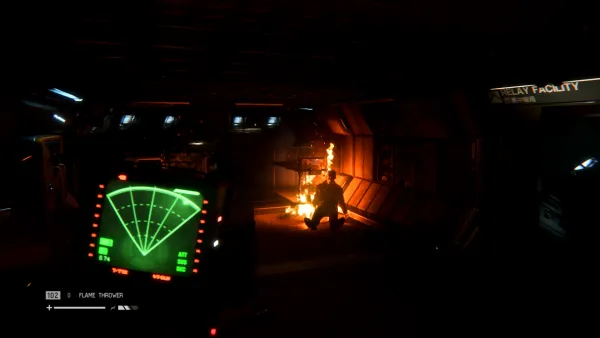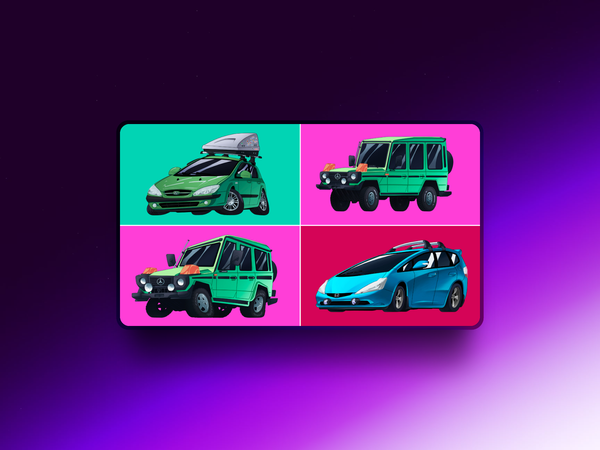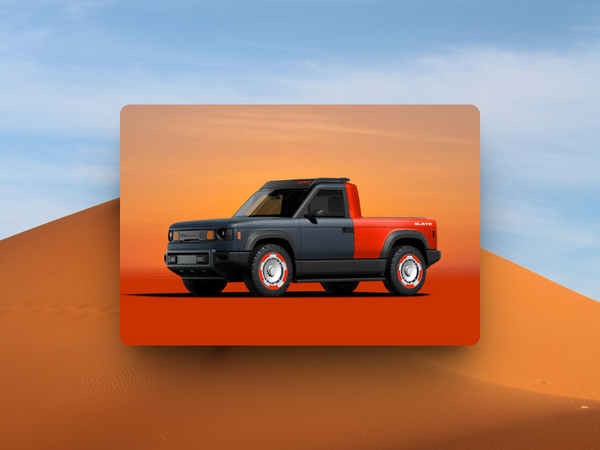The room wasn't dark, just bathed in the flickering cathode-ray glow.
Outside, the real world slept, but inside, the future was loud, fast, and demanded absolute focus.
My headphones shook and buzzed, ready to launch off my head.
Bleary-eyed, the first time I truly felt Wipeout 2097 was in the vibrating, bass-heavy hours of the morning with friends.
Sleep was a forgotten concept when mates stayed over. We raced, we snacked and not much else.
But sleep? Sleep was for the slow.
2:06 am
Feeling wired, slightly detached from reality by fatigue and the sheer sensory assault, I wrestled to keep my AG craft hugging the track.
Corners blurred into streaks of light; weapon alerts screamed for attention just as my eyelids threatened a final, fatal droop.
The thumping bassline of Fluke's 'Atom Bomb' wasn't lulling me anywhere – it was mainlining adrenaline directly into my brainstem.
I’d fight to maintain focus, and somehow succeed. Tomorrow didn't exist yet; no looming responsibility felt more important than mastering Gare d'Europa.
This is Wipeout 2097
The same was true of my friends. Whatever worries we had could be outrun, at least for a few more hours.
In this state of hyper-aware exhaustion, I knew I was experiencing something revolutionary.
A fusion of visual design, sound design, and raw speed unlike anything before it. I was already a fan of the original Wipeout, but 2097 felt like a quantum leap.
Psygnosis had already proven its technical prowess, but 2097 felt like a statement.
This is going to sound like hyperbole, but Wipeout 2097 wasn't just a game; it was a cultural moment, marrying cutting-edge electronic music with futuristic racing.
It was the real 90s and everything the 90s wanted to be.

It was the refinement of an already potent formula, a defining moment for the PlayStation that became a centerpiece for intense solo time trials on rain-slicked tracks, and frantic, shared dual-screen (if you were lucky) battles under neon-lit skies.
2097 was brutally fast, achingly cool, and at times, utterly punishing. But even now, decades later, its core experience feels remarkably undiluted.
Why is that?
Feel The Speed
Wipeout 2097 showcased blistering speed and refined handling.
Controversial opinion: The original Wipeout, while groundbreaking, could be incredibly frustrating. The handling felt floaty, collisions were overly punishing, and mastering it required saint-like patience.
I persevered because the idea – the speed, the style, the sound – was captivating.
Whenever I think of mid-'90s gaming, the Wipeout series looms large, a PlayStation equivalent to the impact of Daytona or Mario Kart on their respective platforms.
But 2097?
This is where the physics clicked, the track design flowed, and the weapons felt balanced. Bleary-eyed or laser-focused, we poured countless hours into 2097 that night/morning.

The handling was sublime – weighty yet responsive. Mastering the airbrakes, feathering them through sequences of tight bends, felt incredibly rewarding.
This, I believe, is why the game remains so playable. The challenge to push oneself further than the previous lap.
As I wrestled my ship through chicanes, narrowly avoiding walls and plasma bolts, there was a unique "flow state" attainable – a zone where instinct took over, reacting to the track fractions of a second ahead.
It was addictive.
Fundamentally, 2097 made you feel like an elite AG pilot navigating impossible speeds.
When gaming in general was searching for attitude and edge, 2097 provided a direct conduit to feeling incredibly cool and skilled.
I was only 12 at the time, but I knew this was something special.
Much like we admire pilots in sci-fi movies handling futuristic craft under pressure, 2097 let players become that pilot.
Every perfectly executed airbrake drift, every last-second weapon deployment, every photo finish was a personal triumph against overwhelming odds.
In this way, the game transcended being just a racer; it became an amplifier for adrenaline, a test of reflexes, and a memorable point where the virtual thrill felt intensely real.

I'm older now, perhaps my reflexes aren't quite as sharp, but 2097 still possesses an electrifying quality that throws me right back to that CRT-lit room.
Hitting an apex perfectly while boosting becomes a moment of pure kinetic perfection.
Nailing consecutive airbrake turns feels like conducting an orchestra of speed and precision. It's not just about winning; it's about the style of survival at Mach 1.
It was (and still is) breathtaking.
Now, fuse this with that soundtrack. Wipeout 2097 boasts arguably one of the greatest licensed soundtracks in video game history. Music I still actively listen to, a formative collection of electronic artists that defined an era.
The Chemical Brothers, The Prodigy, Fluke, Underworld – it was a statement.
The driving beats aren't just background noise; they're the game's heartbeat, syncing perfectly with the on-screen intensity, pushing you faster, harder.
The fusion of knife-edge handling and a legendary soundtrack elevates each race into a pulse-pounding sensory overload.
Elegance in Information Design
2097 features an iconic user interface, heavily influenced by The Designers Republic, that’s inseparable from the game's identity.
The UI is clean, sharp, and functional, perfectly embodying the corporate-sponsored future F3600 league.
The use of stark typography, vector icons, and team-specific branding creates an immersive world before you even hit the track. Navigating menus feels slick and purposeful, accompanied by ambient electronic soundscapes.
Throughout, the UI maintains a cohesive style, from the ship selection screens showcasing AG Systems or Qirex crafts, to the pre-race track data displays.

The visuals aren't just stylish; they deliver necessary information clearly and concisely, reinforcing the game's high-tech, high-speed theme.
In Wipeout 2097, the UI is more than functional; it's a masterclass in integrated graphic design that still influences futuristic aesthetics today.
Arguably, this is the peak of the Wipeout series. I disagree, as Wipeout HD/Fury on PS3 brought the formula to stunning new heights.
But with 2097, I understand the sentiment. It represents the peak of Psygnosis's '90s cool, a perfect storm of gameplay, visuals, and sound design that transcends being just a racing game.
It's was, and still is, an incredible experience.
A specific, adrenaline-soaked point in my life where 2097 was a constant companion, a source of shared excitement that bonded friends over frantic races and killer tracks, the pounding soundtrack to late nights that bled into early mornings.










